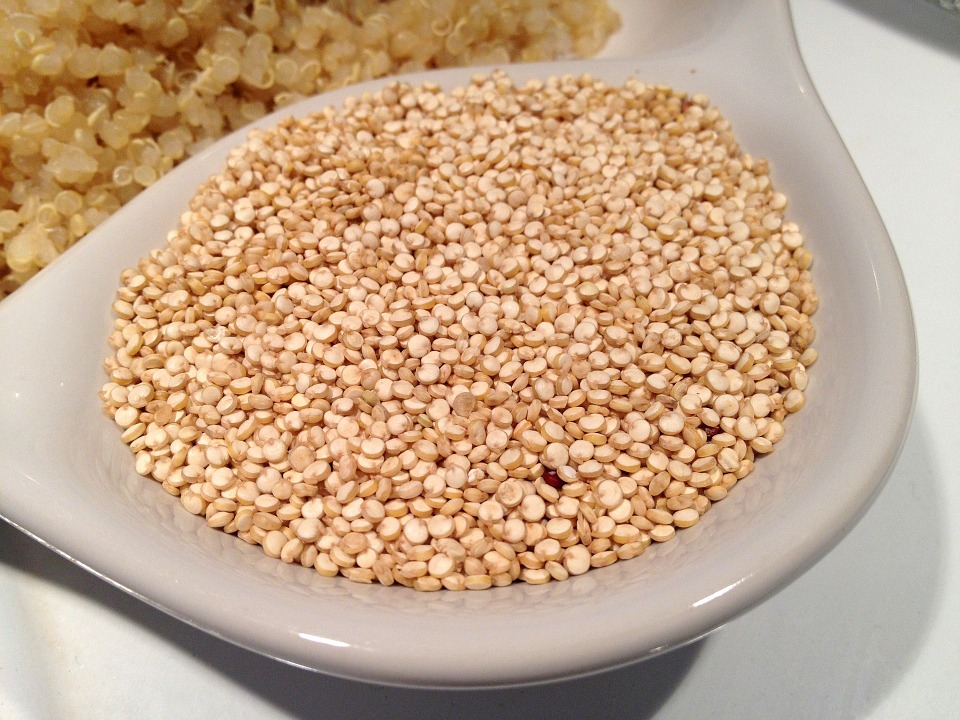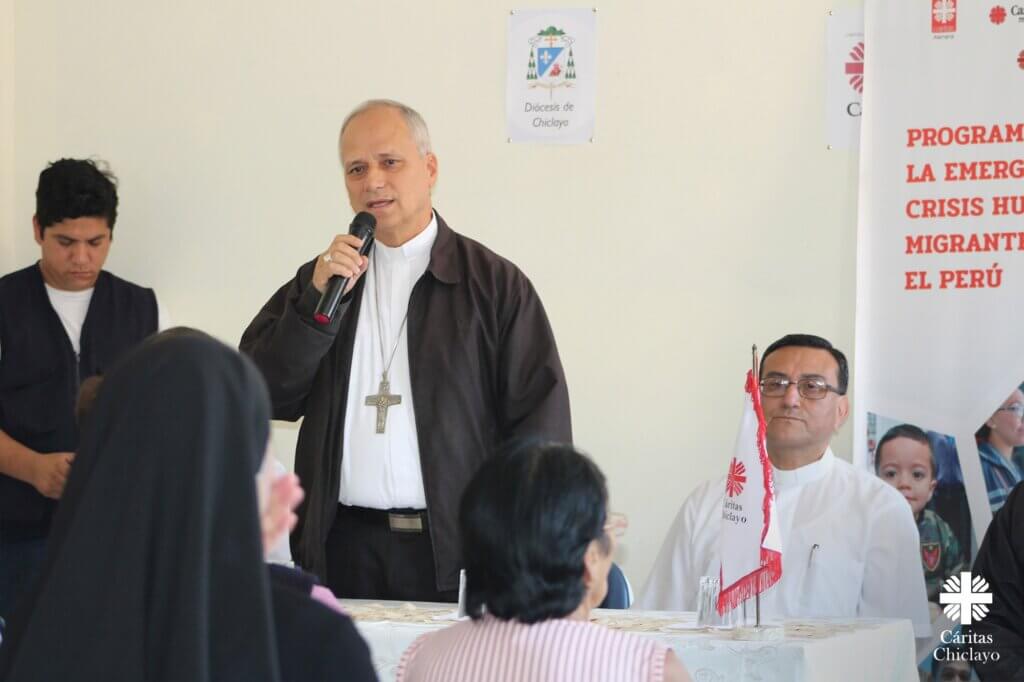The Andean super grain quinoa just got a little more powerful.
Researchers at the National University of Altiplano have just developed new strains of the popular crop that make them resistant to bad weather and drought, according to the state-run news source Andina.
Angel Mujica, a professor and scientist at the university, stated that the new quinoa types that had been developed are resistant to plague and tough weather conditions and could ultimately yield a production of up to 1,250 kilograms per hectare compared to the going average of 800 kilograms per hectare of quinoa farmed.
“This is the result of the cross between genetically distant and closely related varieties,” he is quoted as saying in Andina.
The three new types of quinoa will debut in 2019 with subsequent launches happening in 2020.
Representatives from the National University of Altiplano will help with distribution of the seeds to farmers in Peru’s high plateau areas of Puno, which grows an estimated 80 percent of all quinoa in the country.
As interest in quinoa has grown internationally, Peruvian farmers growing the crop have profited nicely from harvesting the grain.
After much of Peru’s countryside was badly damaged by increased rains from El Niño last year, whole fields of crops and important livestock were lost. A farmer rights activist told Peru Reports last week that the damage was so bad that “it’s as if there was an air raid of bombs or an earthquake.” President Martín Vizcarra has planned increased funding for reconstruction projects on farms and town infrastructure in the areas most heavily affected like Piura.







